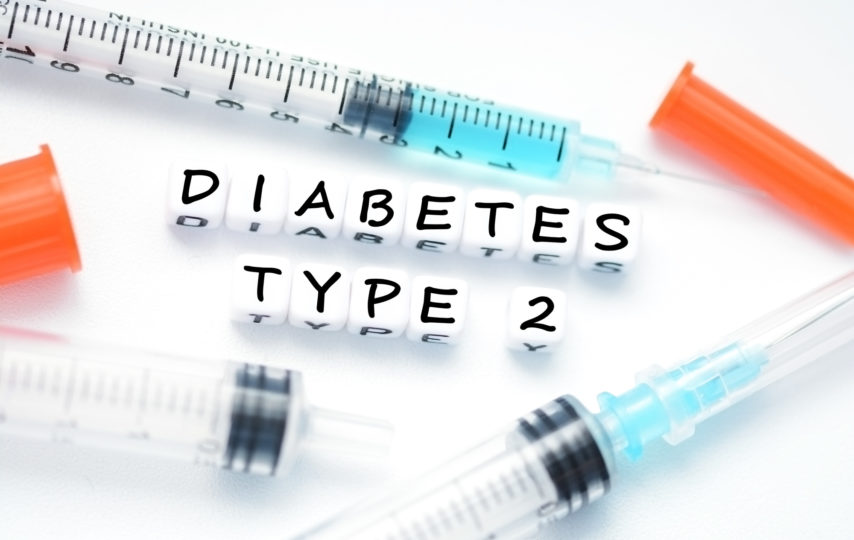Did you know that 34 million Americans have diabetes? And 88 million Americans have pre-diabetes, which is when someone has higher than normal blood sugar levels but hasn’t been diagnosed with Type 2 diabetes yet.
There is good news, though. A new medication called Ozempic may help treat some of the comorbidities of diabetes.
What is an Ozempic injection and why should you care? We’re giving you the answer to these questions and more, so you better keep reading.
1. What Is Ozempic?
Ozempic is a brand name version of the generic drug Semaglutide. Semaglutide is a drug used to treat individuals with Type 2 diabetes.
Some doctors also prescribe it to people with comorbid Type 2 diabetes and heart diseases. Ozempic can help these individuals lower the risk of stroke and heart attack.
Like insulin, Ozempic is an injectable. However, it’s important to recognize that Semaglutide medications are not insulin.
2. Who Needs Ozempic?
Ozempic is for individuals with Type 2 diabetes only. Doctors don’t prescribe Semaglutide injections to people with Type 1 diabetes as Ozempic isn’t meant to be used in place of insulin therapy.
Preliminary research shows that Ozempic may also be effective for weight loss. However, the FDA has yet to approve any Semaglutide medications for this purpose.
3. How Long Does It Take Ozempic to Work?
When you start using Ozempic injections, you’ll start with one 0.25mg injection per week. Continue using this starting dose for four consecutive weeks to build up your body’s tolerance.
Once the starting dose is well-tolerated, you’ll increase your injections to one 0.5mg injection per week. Your doctor will want to assess your progress after three months of taking this higher dose.
Depending on how you respond to Semaglutide treatment, your doctor will recommend a maintenance dose. This will be either 0.5mg or 1mg injections, which you’ll inject once per week.
4. How Much Does Ozempic Cost?
Ozempic is a new drug and it’s still relatively expensive. The Ozempic injection price for two 1mg pens costs an average of $900 without insurance. Of course, how much you actually pay depends on your insurance policy.
For example, Medicare Part D and Medicare Advantage prescription drug plans will cover up to 85% of the cost of Ozempic. If you’ve met your Medicare deductible, you may only have to pay a $25 co-pay for this medication.
Sometimes, insurance doesn’t cover the full cost of your Ozempic medication. Click on the link to learn how to lower the cost of Ozempic.
5. What are the Side Effects of an Ozempic Injection?
Ozempic does have side effects. Non-life threatening side effects include nausea, constipation, heartburn, abdominal pain, vomiting, and diarrhea. You should only worry about these side effects if they’re severe or persistent.
If you experience vision changes, a rash or swelling, or decreased urination while on Ozempic, speak to your doctor. Persistent stomach pain that spreads to your back is another serious side effect of Semaglutide you shouldn’t ignore.
Ozempic Can Help You Manage Type 2 Diabetes
An Ozempic injection can help treat Type 2 diabetes. Don’t like the cost of Ozempic or its side effects deter you from this groundbreaking medication.
Want more health tips? Keep scrolling for articles just like this one!



